Project X HZRDUS Smoke Blue RDX
Project X has unveiled the third iteration of the HZRDUS shaft family. The latest generation is called HZRDUS Smoke RDX which utilizes Hexcel’s new “HexTow” carbon fiber technology. Introduced in this new lineup is the Project X HZRDUS Smoke Blue RDX shaft. Similar to the HZRDUS Yellow shafts of the past, the counterbalanced Smoke Blue RDX has low launch and spin characteristics in a profile with a softer mid section and extremely stiff butt and tip sections.
The Looks
We’ve seen slick PVD finishes on Project X HZRDUS shafts before (like the Smoke Green) and the Smoke Blue RDX brings it back. The blue PVD finish beautifully glistens in the sunlight making quite a statement, yet it’s straightforward and tasteful. While I generally think I can take decent pictures for this website, trust me, the pictures in this review don’t do the finish justice! Of course, you have the familiar HZRDUS logo and hazard spec graphic above it. The biggest difference now is that the Smoke logo has the RDX branding outlined behind it and there’s a Hexcel HexTow logo in the tip section.
How Does it Feel?
Like I mentioned before, the Project X HZRDUS Smoke Blue RDX will remind you of previous Yellow models from the HZRDUS family. Though there is definite counterbalance, it isn’t overly exaggerated. With modern heavier driver heads, it really just makes the club feel more balanced and less tip heavy. Is that better or worse? It really comes down to personal preference and how well you actually swing the shaft/head combo. I personally tend to mix better with counterbalanced shafts so the Smoke Blue RDX feels smooth, well balanced, and very stable with a middle to low kick point.
The stability is worth noting because Project X was able to achieve this through a new technology. They worked with a company called Hexcel who makes a range of different structural materials including carbon fibers used in the aerospace industry. By combining multiple high-strength carbon fibers developed by Hexcel called “HexTow”, Project X was able to keep the HZRDUS Smoke Blue RDX stable with extremely stiff butt and tip sections, but a very soft mid section. This results in significant stability with a little more sweetness allowing aggressive swingers to really get after it. Overall, there’s good action at release and plenty of precise feedback in your hands for even the most aggressive tempos.
On-Course Performance
| Club Speed | Ball Speed | Launch Angle | Spin | Carry (Yds) | Total (Yds) |
|---|---|---|---|---|---|
| 116.5 | 174.8 | 10.7º | 2299 | 291.6 | 318 |
In the Feel section, I talked about how the HexTow carbon fibers allowed Project X to create a stable shaft with extremely stiff tip and butt sections, but they went with a pretty soft mid section. Many might read this and think that profile has potential to create kind of a weird whippy shaft, right? It might even get a little spinny and launch too high. This is in fact NOT the case. The reality is that the soft mid section is actually balancing out the super stiff butt and tip sections. That softer mid section allows you to load the shaft for maximum energy transfer into the ball. Since the other two sections are so stiff, the launch and spin still stay low for more penetrating flights and better control.
As you can see above, my testing was pretty dead on with Project X’s design. I had good speed with a low launch and low spin. The “load” and “balance” factor are really most noticeable in the feel, but I do believe the data displays the benefit of the softer mid section. In my upcoming review of the Smoke Black RDX (stay tuned), which is pretty stiff throughout the entire profile, my numbers were very similar but my launch was about a degree lower and spin was sub-2000. While that was quite impressive in its own right, the softer mid section of the Smoke Blue RDX helped me optimize my performance with just a touch higher launch and spin. This ultimately made the Smoke Blue RDX more playable for me in my driver and gave me better results.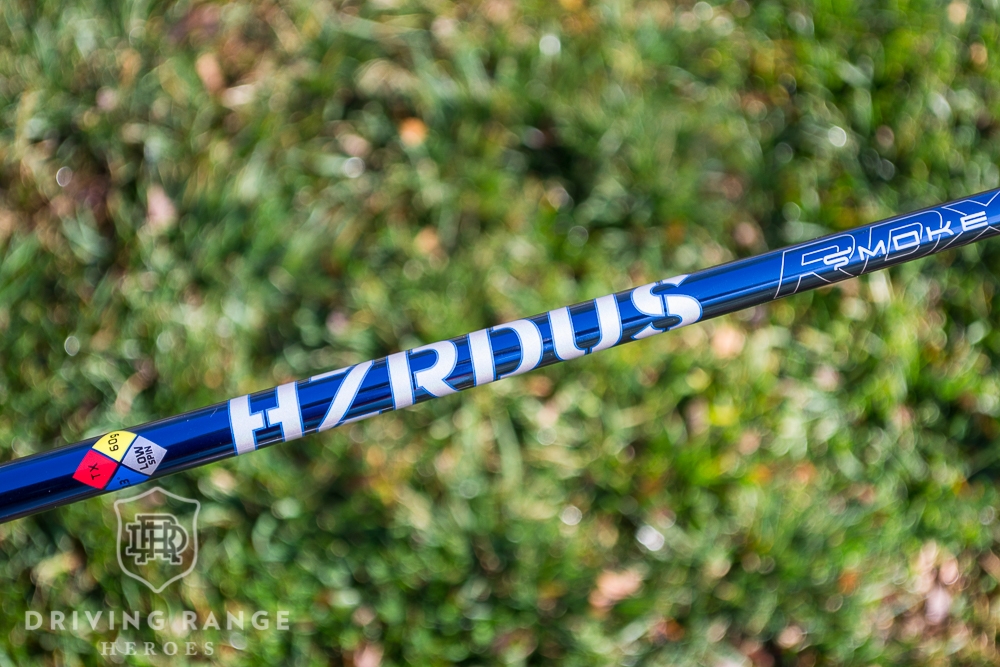
Final Thoughts – Project X HZRDUS Smoke Blue RDX Shaft
Before I wrap up this review, I want to remind everyone that we’ll all physically respond to golf equipment differently. We all have different swings, feels, and physical responses to the gear we play. That said, the Project X HZRDUS Smoke Blue RDX is my favorite out of the HZRDUS lineage to date. The HexTow carbon fibers make the Smoke Blue RDX one of the most stable shafts I’ve ever hit, but there’s still plenty of life in it due to its softer mid section. The counterbalance also makes the shaft incredibly smooth, which is impressive given how stout and stable this shaft actually is. I firmly believe that fans of prior Yellow models and the Smoke Green may really like what the new HZRDUS Smoke Blue RDX shaft has to offer.


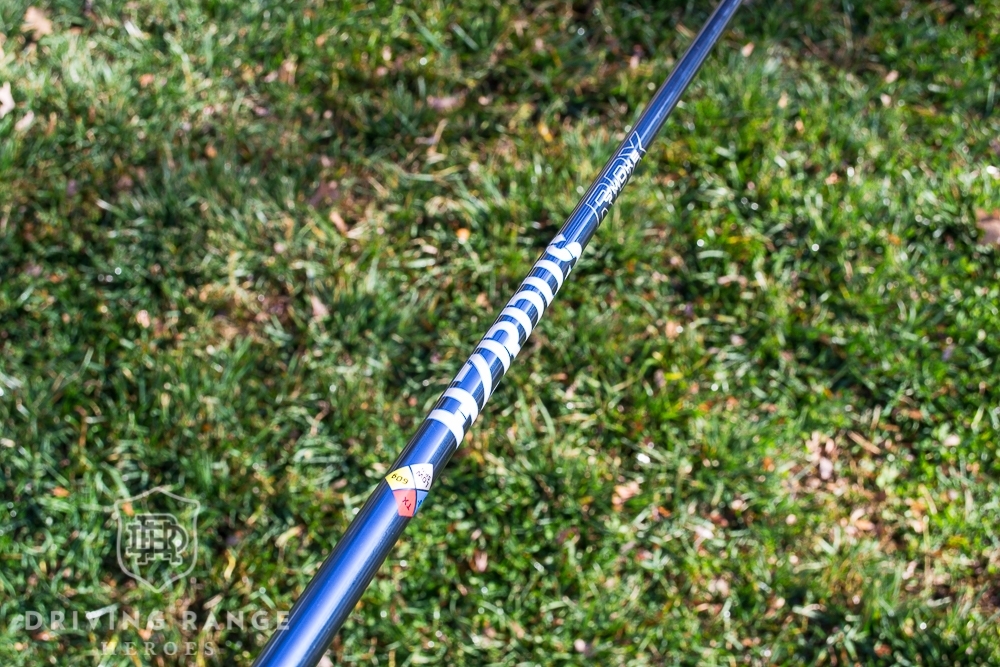
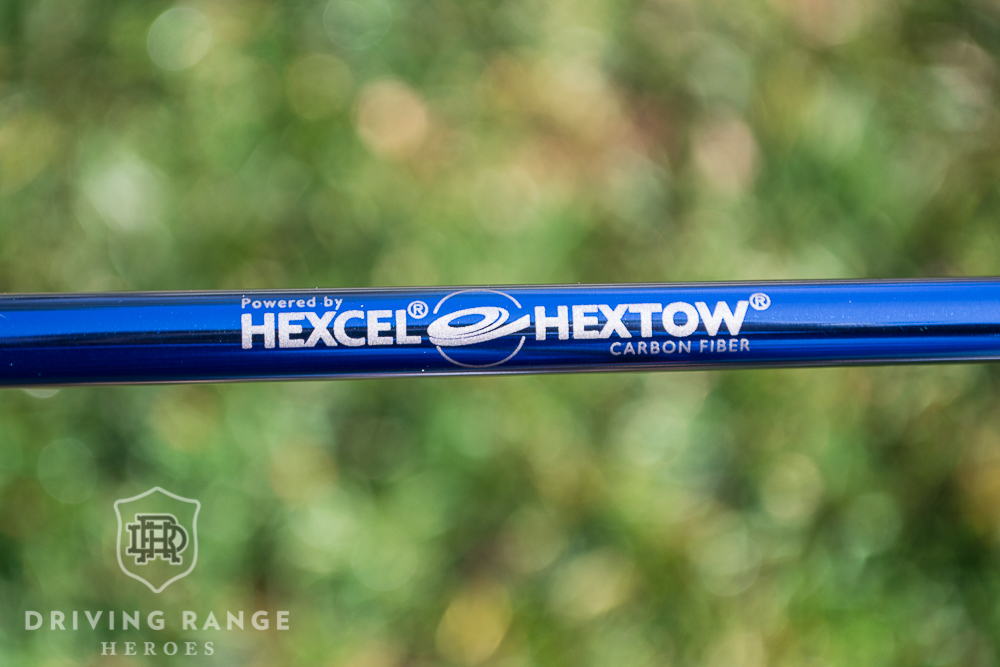
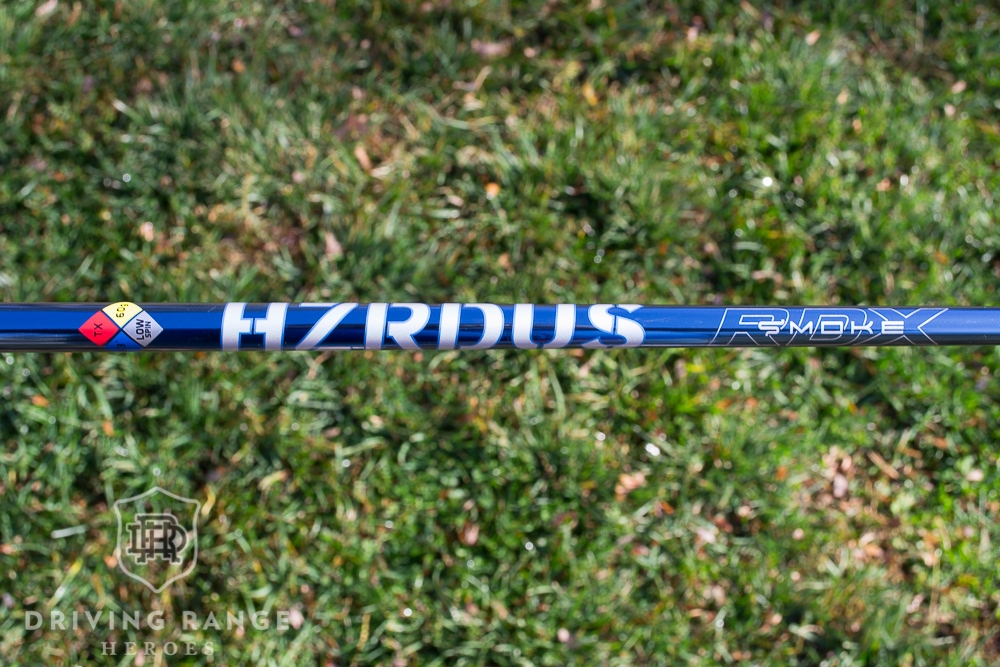
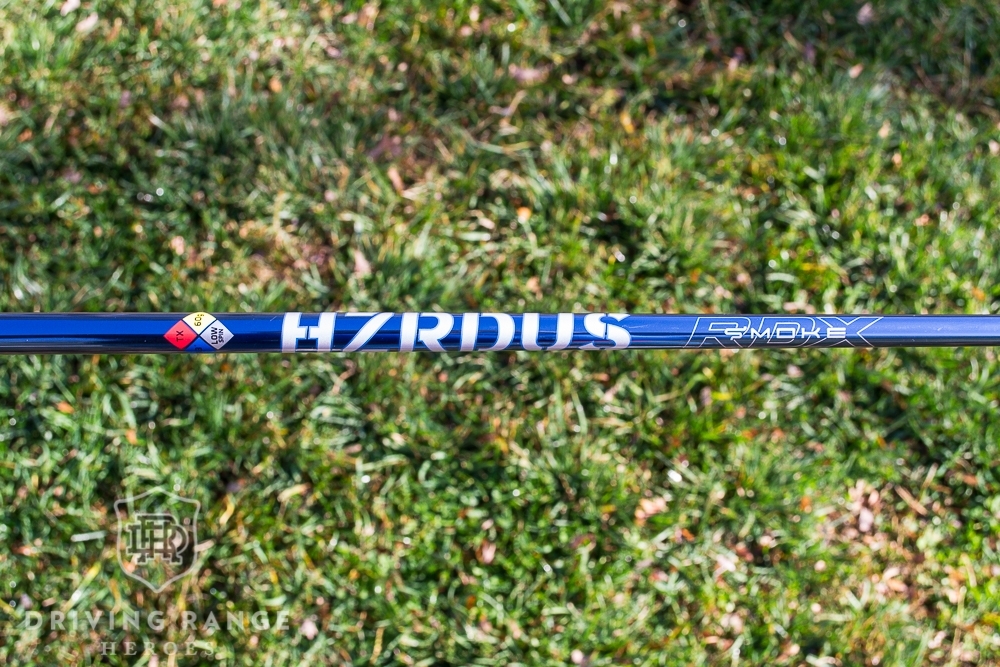
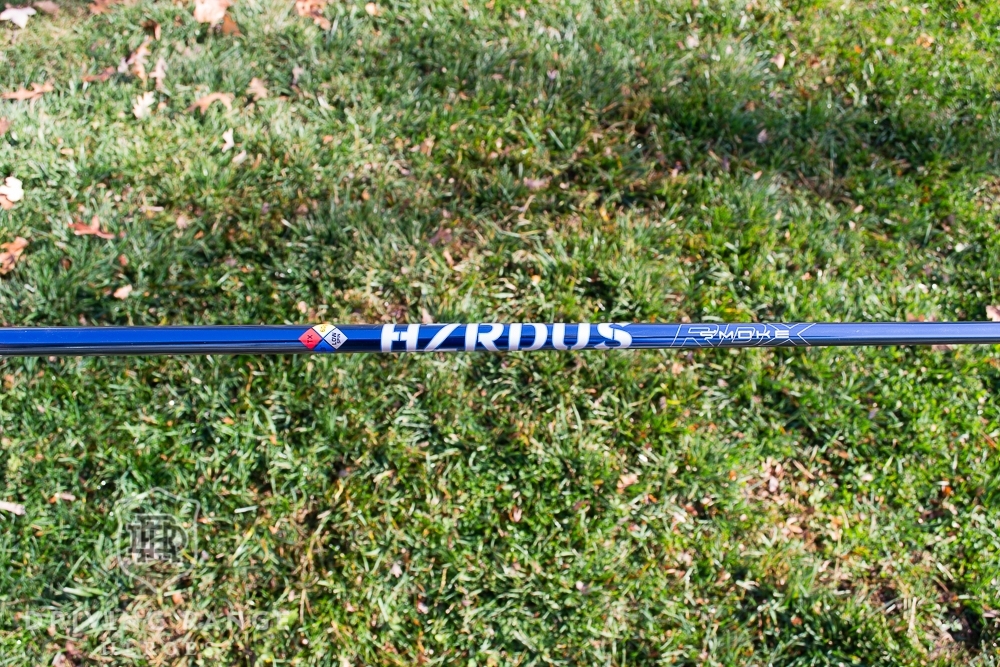
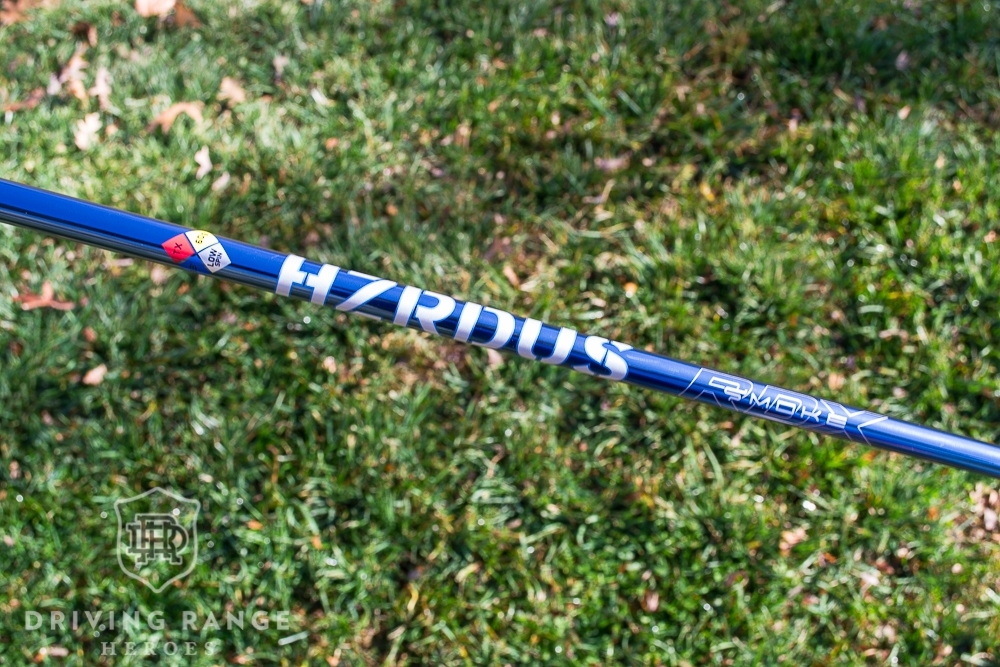

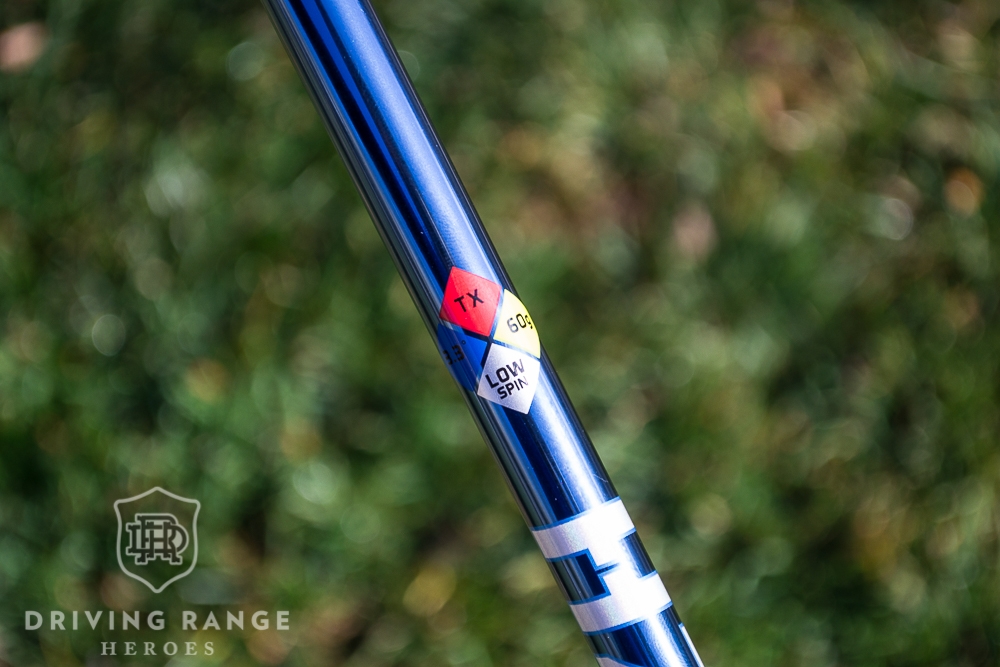
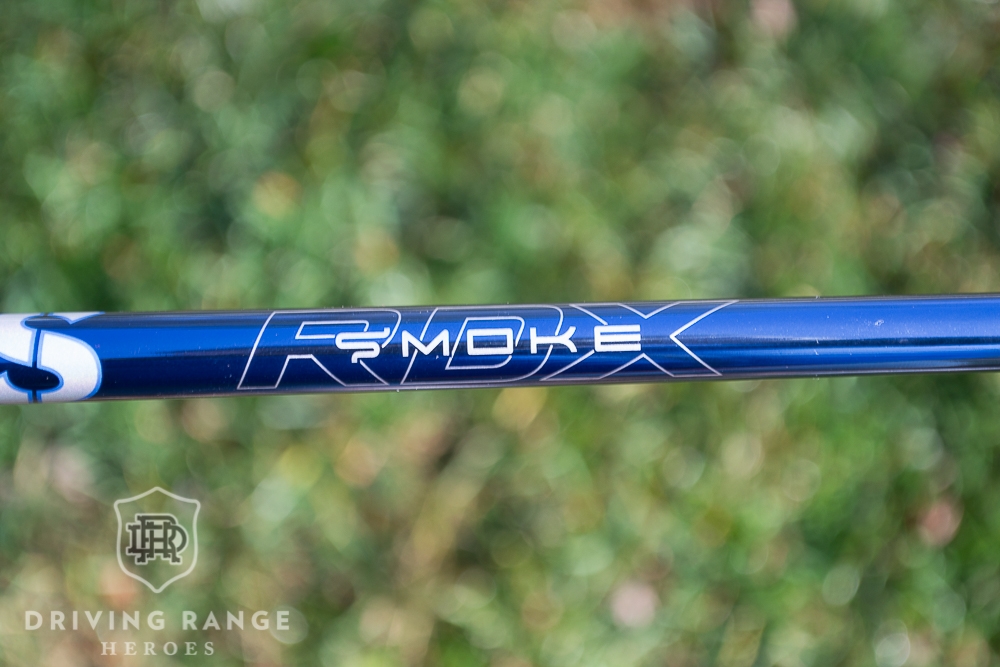

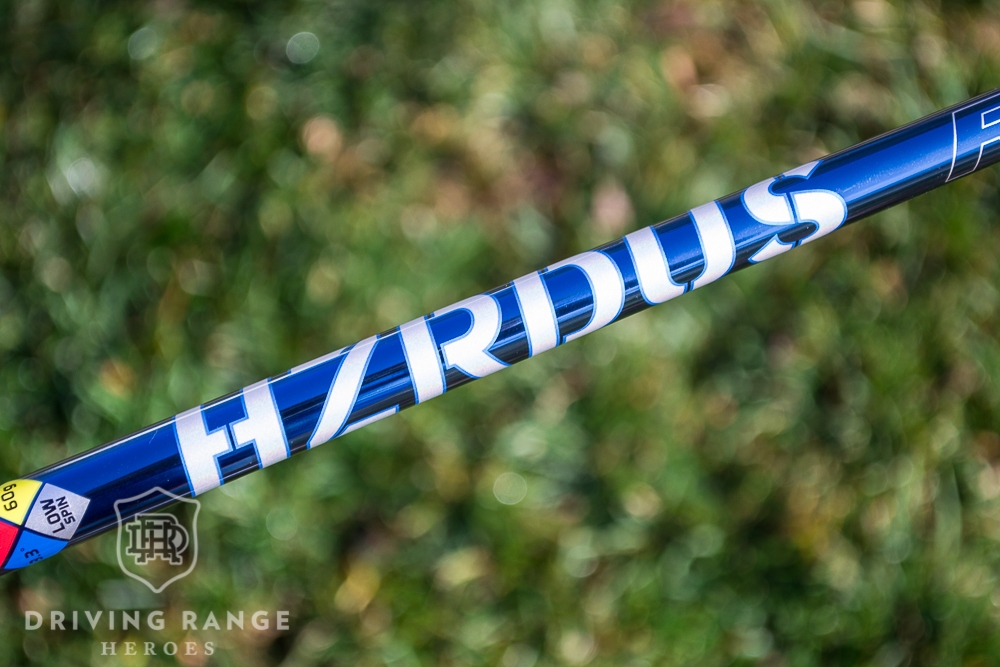
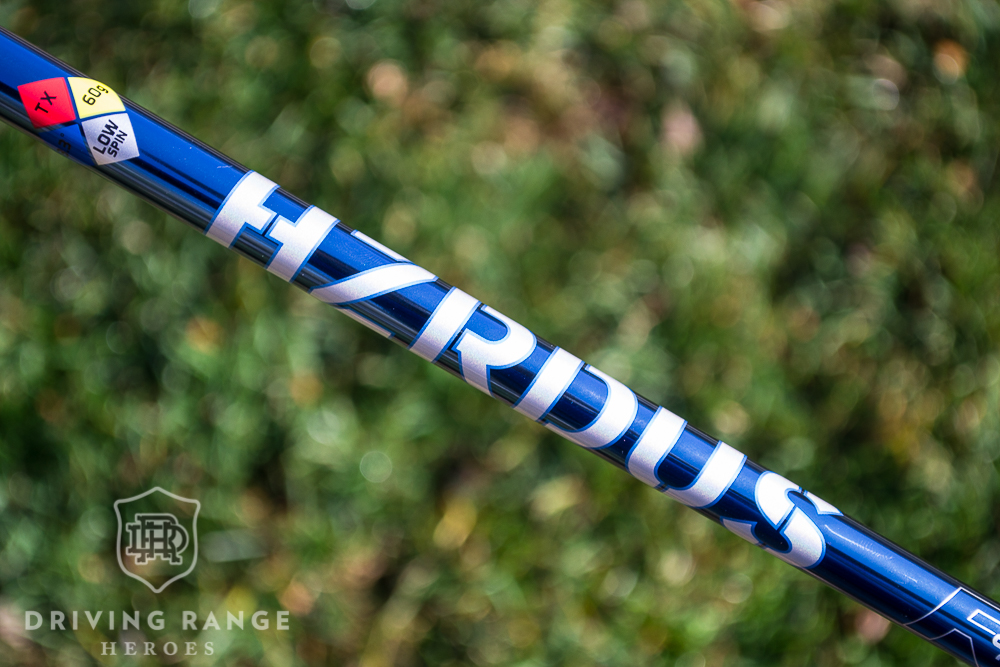
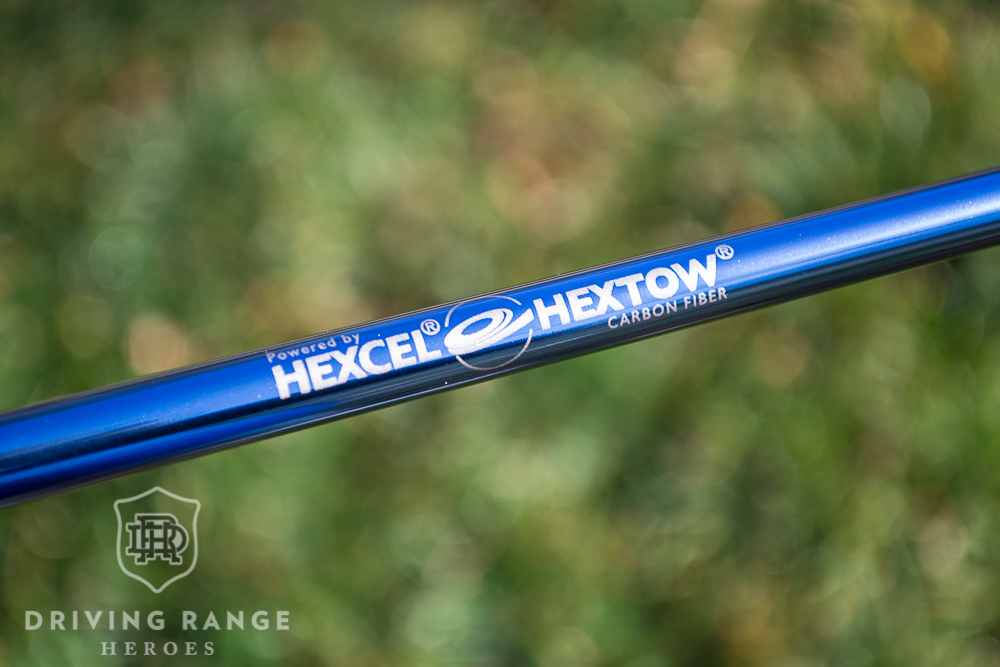
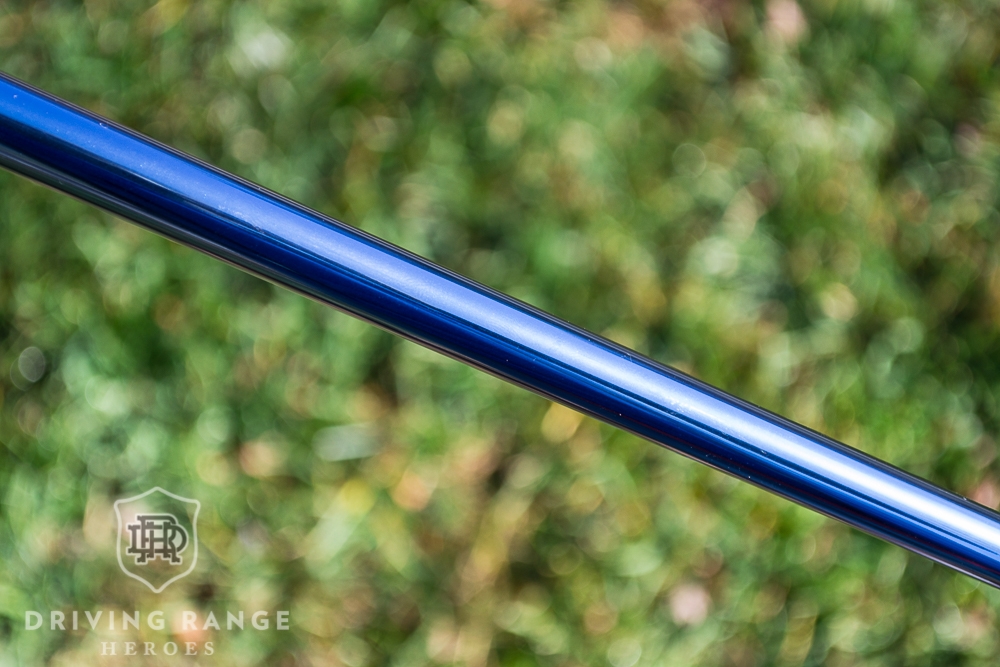
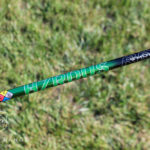

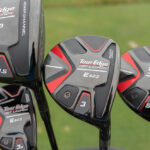












Thoughts on this compared to Ventus black with velocore?
I’d say I haven’t spent enough time with the Blue RDX yet to compare them that well. My gut tells me the black is a closer to comparison, but would need to A/B them more.
I hate the Ventus Black. My hzerdous yellow just snapped. Ordered rdx smoke blue but was given a ventus 7x black. Did not like it. I like the counterbalanced yellow and smoke blue rdx
I have not seen too many details as of yet on these. Will the TX profile be completely different than the 6.5 like in the HZRDUS Green shaft?
The profile shouldn’t be any different from a high-level perspective, but I have a note in with them to verify. I’ll update here when I know for sure!
Thanks for stopping by.
Awesome! Love the site great reviews!
Great review! Thanks Bill. Might have to put this in the bag.
I think that’s going to be said a lot this season. I imagine a lot of people will like this one. Especially HZRDUS fans.
So when can we expect the Smoke Black RDX review? I already have it in both TSi3 driver and spoon, but really looking forward to the comparison with Smoke Blue RDX 🙂
Are the stock and aftermarket versions the same or will they be different? I remember the small batch logo which differentiated the two. I know Ventus adds velocore to show that it’s not a stock shaft. I’m aski this because taylormade is offering this shaft as a stock option for the new Sim2.
Understandable question.
Project X has done quite a bit of work over the past few seasons to narrow the gap between their “small batch” and “made for” shafts. I can’t speak for everyone, but I haven’t noticed any major differences between the two when I’ve been able to compare (regardless of model). Unless there’s really something I don’t know, I think the stock shafts should be just fine.
For educational purposes, the difference between a Ventus with VeloCore and without is much more than just “aftermarket vs stock”. VeloCore is a technology used in the tip section that is the special sauce of a Ventus. If the shaft doesn’t have VeloCore in it, it’s simply a completely different shaft.
So is this not like ventus blue then except counter balanced? I presume the CB would make your driver more stable since you can then add weight to up the MOI. Thoughts?
Yeah, I don’t hit this shaft and have any reminders of the Ventus Blue. Yes, you have the understanding correct with counter balance shafts.
One last question, does the TX feel stout in the Blue or does it just give the blue more stablility? Wondering if a TX version may be too stout for me (SS 105-112).
Yes, it feels stout. 105-112 is a pretty window for an average swing speed. Given that range, I would account for regularity on the lower end, and just on paper, TX seems like quite a bit of rigidity for 105 mph swing speed. That said, that’s why it’s important to test/get fit. Something about your swing may say different than what the paper says.
What are the major difference between this and Smoke Yellow? Stiffer butt section?
I’d say the profile is more dramatic. The stiff sections are stiffer, the soft section is softer. In my opinion, the Blue RDX plays more stout and stable than yellow.
Appx 100 mph swing speed at age 62. Is the Hzrdus Blue in my wheelhouse or should I consider something else.
Unfortunately that’s not enough information to go off of. Depends on a lot of different variables, but if you decide to go this route, you will need to have the ability to load and release the shaft, which is dependent on quite a bit more than swing speed. Tempo and timing play a big role, angle of attack, etc.
Smoke green vs rdx blue. Which felt stouter? I ask because I game the 70g rdx blue 6.0. Like it but getting apex heights of 140-150’. On a sim, with smoke green 6.5 was always below 125’. SS anywhere from 108-112. Spin was lower in the blue but the descent angle was too steep and the trajectory was not flat. Would a stiffer version flatten that out?
Stiffness is generally going to impact your flight in terms of going right or left, not as much height. That depends on tip stiffness, general profile of the shaft, and where the kickpoint is.
In terms of what you’re experiencing, without nearly enough data to really understand what’s happening, 140-150 feet for an apex with the RDX Blue sounds extremely high to the point I suspect more of a swing flaw and/or characteristic causing that. Even for Tour players, that is REALLY high for a driver. I, personally, couldn’t get an RDX Blue that high in the air to save my life and I swing in 115-118 area.
Thanks. I was wondering if it was the sim itself giving me funky numbers. Spin rate was right around 23-2600 yet the apex and descent seemed way too stark for me. Face contact was dead center and the sim was calling most a straight pull. The sim was xgolf.
Great review!
TX flex appears to be difficult to get your hands on. For a swing speed of 115 on average, would tipping a 6.5 an inch get you close TX or worth getting TX?
Really tough to say. I’ve always understood the TX to have a totally different profile from the rest of the flexes so I’m not sure it’d be a straight comparison. BUT tipping a 6.5 around an inch would certainly firm it up a good bit.